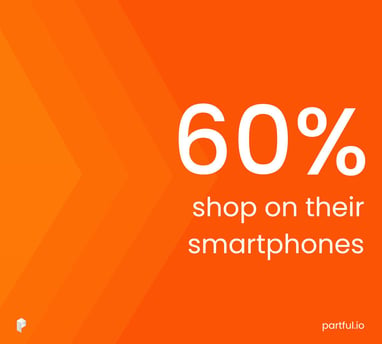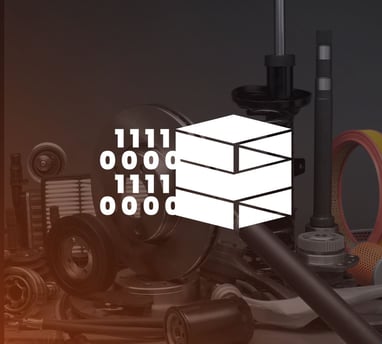The implications when customers incorrectly identify replacement product parts are far from trivial – for either the customer or the manufacturer.
Mistakes like this happen daily and create problems that are both hugely time-consuming and extremely costly. In some industries, this can be up to 11% of the business running costs. The headaches extend well beyond the expenses involved in the distribution, recovery, cleaning, testing and repackaging of those parts, however. Other costs include the need to employ staff to support the affected customer.
That’s before you consider the damaging impact this can have on the customer’s relationship with the brand. Misidentification causes enormous delays to the maintenance and repair of products. The longer products are out of action, the more it will hurt the perception of product quality – and lengthy periods of downtime will negatively affect brand reputations. All because someone simply failed to identify a product part correctly.
But, imagine if no mistakes were made – these costs would simply disappear. This is why many brands are looking for digital solutions that can help eliminate those mistakes.
Find out the 5 simple steps to building an after sales market for your product in our free guide; 
The traditional approach has been for manufacturers to create product catalogues (at no small cost) and hire after sales support staff to assist in the initial purchase. But this still requires customers to identify the parts themselves by checking through online PDFs or bulky printed documents, before emailing or calling someone for extra help. It is a clunky, cumbersome system.
The emergence of digital twinning has changed everything, however. Customers can now view parts in 3D on a smartphone or tablet computer, match them to the real-life product in front of them, and be certain it’s the right component.
These digital platforms are also enabling customers to take a full product apart and isolate individual parts to take a closer look. This allows them to learn everything they need to about that part – its name, purpose, specifications, product number, and more. When connected to e-commerce systems, they can even order the part, right there and then – further reducing the potential for errors to be made.
This is an exciting development for manufacturers who no longer need to constantly create product catalogues in various languages for the countries where they distribute. Instead, parts information can be edited, updated and managed in real time so customers, engineers and dealer networks can always view the latest information when they access the platform. And because these are digital systems, they can also be equipped with a history of previous part information to limit any possible confusion.
Digital twinning has the potential to support manufacturers in many different ways – from providing detailed repair advice to supporting a more streamlined and efficient ordering process.
However, the capacity to reduce the misidentification of parts – and the wastage this causes when the wrong components are ordered – is significant.
These are benefits that will not just be felt in the short term through cost savings, but also over the long term through vastly improved customer service and the loyalty that builds as a result.
Find out the 5 simple steps to building an after sales market for your product in our free guide;


